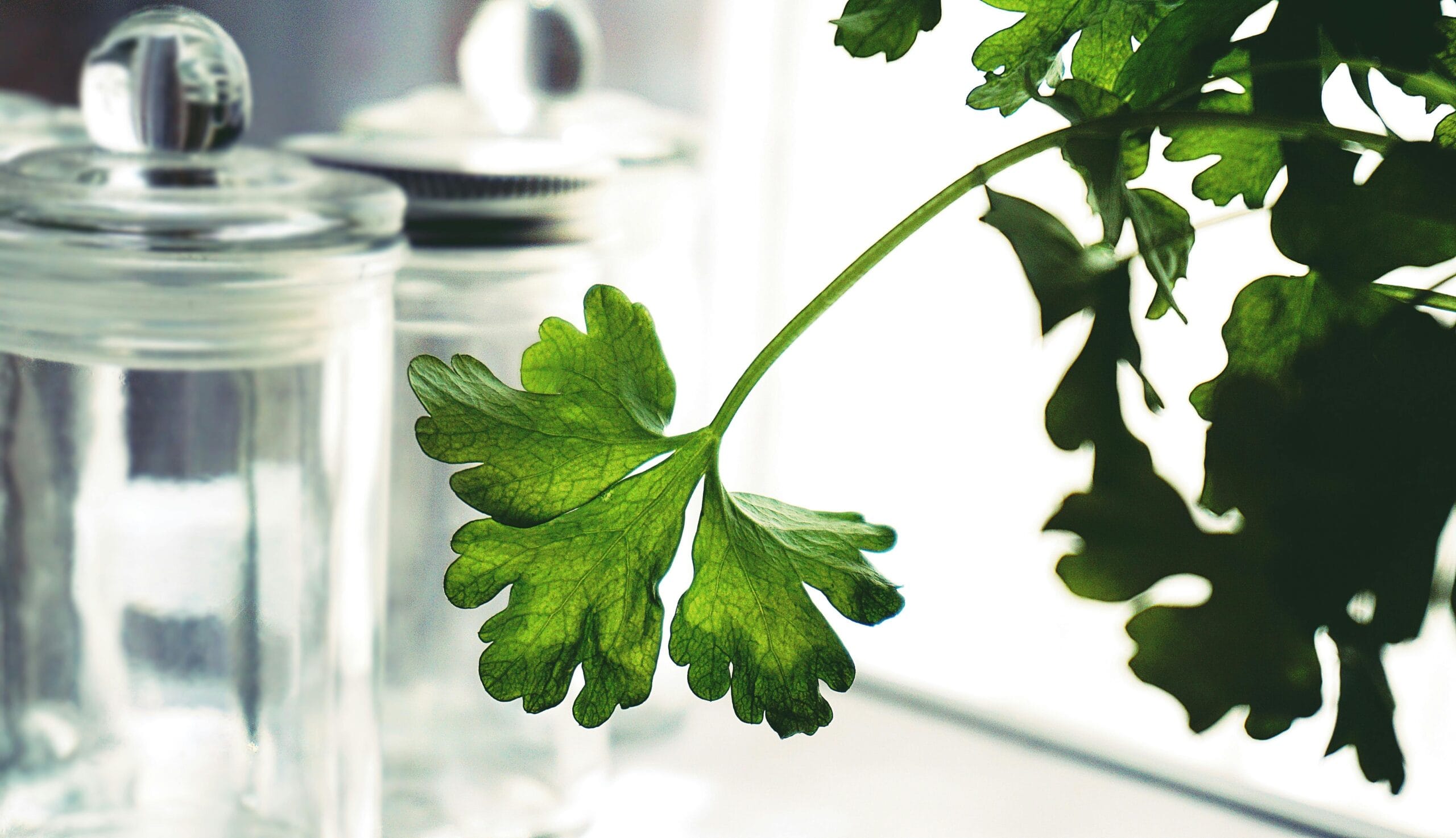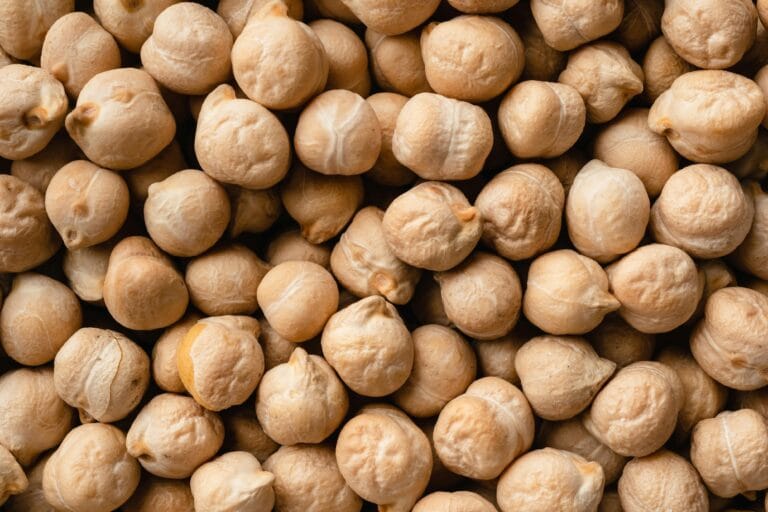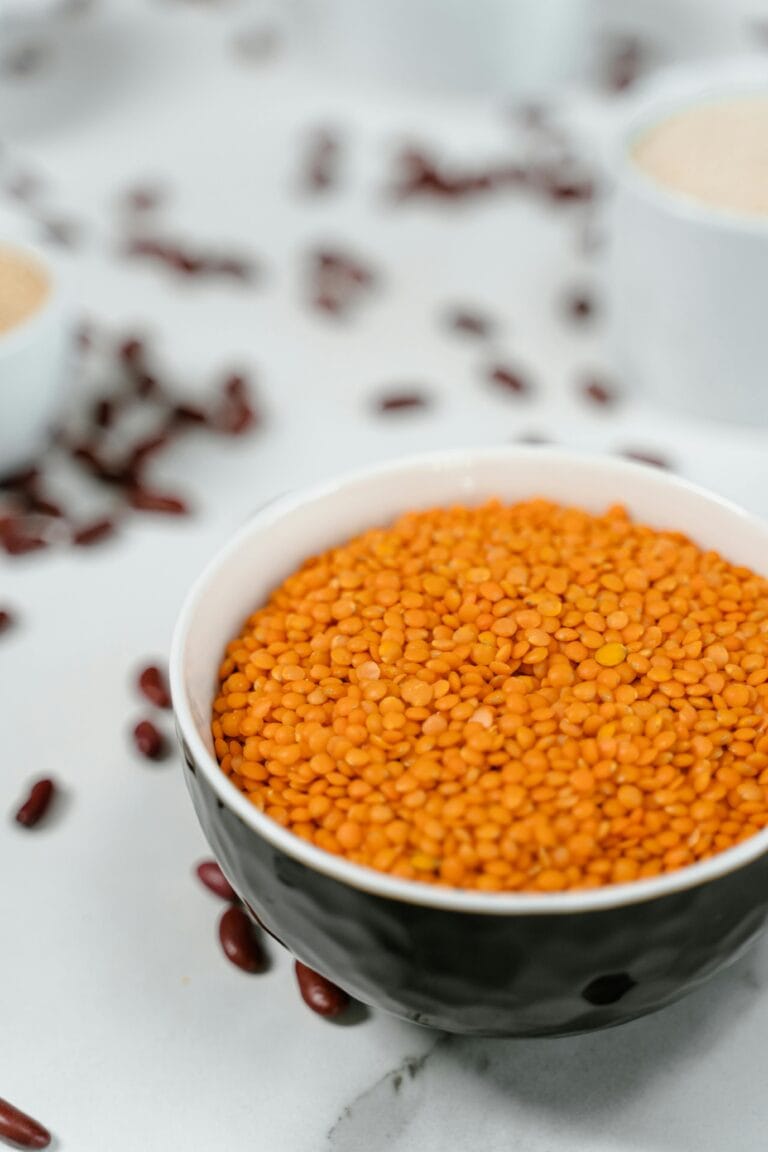Understanding Parsley: Types and Nutritional Profile
Parsley, scientifically known as Petroselinum crispum, is an herb commonly used in cuisines worldwide. It mainly exists in two forms: flat-leaf parsley, often referred to as Italian parsley, and curly-leaf parsley. Flat-leaf parsley is preferred by many chefs for its robust flavor and ease of use in cooking, while curly-leaf parsley is frequently used as a garnish due to its visually appealing texture and vibrant green color. Both types offer unique flavor profiles that enhance various dishes, from salads to soups.
The nutritional profile of parsley is impressive, containing a rich array of vitamins and minerals. Among its benefits, parsley is an excellent source of vitamin K, which is essential for bone health and blood clotting. It also provides significant amounts of vitamin C, crucial for the immune system, and vitamin A, which supports vision and skin health. In addition to these vitamins, parsley delivers a range of minerals, including iron, potassium, and magnesium, contributing positively to overall health. Its high antioxidant content helps combat oxidative stress, further enhancing its reputation as a valuable addition to a balanced diet.
Historically, parsley has a rich heritage dating back to ancient civilizations, including Greece and Rome, where it was both revered and used as a culinary staple. Initially, it was associated with death and the underworld before evolving into a symbol of victory and celebration. Over time, parsley has traveled across continents, adapting to various culinary traditions and finds a prominent place in contemporary kitchens around the globe. The enduring popularity of this herb can be attributed to its versatility, nutritional benefits, and cultural significance, demonstrating how parsley continues to impact global cuisine while promoting health and well-being.
Health Benefits of Parsley: A Green Boost for Your Wellbeing
Parsley is not merely a decorative garnish; it is a nutrient-dense herb that offers numerous health benefits integral to a balanced diet. Rich in essential vitamins and minerals, parsley is particularly noted for its high concentrations of vitamins A, C, and K, as well as notable amounts of iron and folate. These nutrients contribute significantly to various bodily functions, thereby enhancing overall wellbeing.
One of the most pronounced health benefits of parsley is its positive influence on digestion. Traditionally, parsley has been used as a digestive aid, helping to alleviate conditions such as bloating and indigestion. Scientific studies suggest that the compounds found in parsley can stimulate digestive enzymes, facilitating more efficient nutrient absorption and promoting gut health.
Additionally, parsley plays a vital role in bolstering the immune system. The high levels of vitamin C present in parsley are known for their antioxidant properties, which help fight free radicals in the body and strengthen immune responses. Regular consumption of parsley might help reduce the incidence of infections and illnesses by promoting a robust immune system.
Heart health is another area where parsley shines. The presence of vitamin K and other antioxidants in parsley has been linked to better cardiovascular health. These nutrients help reduce inflammation and regulate blood pressure, thus lowering the risk of heart diseases. Incorporating parsley into a heart-healthy diet can, therefore, be beneficial.
Furthermore, parsley’s anti-inflammatory properties are noteworthy. The herb contains compounds that may inhibit inflammatory processes in the body, providing relief for conditions like arthritis and general inflammation. Moreover, parsley has detoxifying effects, aiding the liver in removing toxins from the bloodstream.
For those looking to incorporate more parsley into their diets, a variety of options exist. Fresh parsley can easily be added to salads, soups, and smoothies or used as a seasoning in cooked dishes. Incorporating this versatile herb into meals not only boosts flavor but also enhances nutritional value, making it a simple yet effective way to support health.
Everyday Uses of Parsley: From Kitchen to Herbal Remedies
Parsley is an incredibly versatile herb that has evolved from a simple culinary ingredient to a significant component in traditional and modern herbal remedies. In the kitchen, parsley serves not only as a garnish but also as an essential ingredient that enhances the flavors of various dishes. Its fresh, bright taste adds a wonderful dimension to salads, sauces, and soups, making it a staple in many cultures around the world.
When using parsley, it’s important to consider its various forms: flat-leaf and curly. Flat-leaf parsley, often preferred by chefs, has a more robust flavor and is ideal for cooking. Curly parsley, on the other hand, is typically used as a decorative element, as it can provide a pleasing texture and color contrast. Whether used fresh, dried, or as a paste, parsley’s adaptability allows it to shine in countless recipes. For those looking to integrate parsley into their meals, consider adding it to pasta, grain dishes, or combining it with other herbs for a flavorful pesto.
Beyond its culinary applications, parsley is rich in vitamins and minerals, which contribute to its position in herbal medicine. Traditionally, parsley has been employed to aid digestion, support kidney function, and boost metabolism. Modern applications often include parsley-infused teas, oils, and supplements, focusing on its potential detoxifying properties. To incorporate parsley into a daily wellness routine, individuals can brew a herbal tea, blend it into smoothies, or use parsley oil for topical applications, offering a holistic approach to health.
Incorporating parsley into daily meals is not only beneficial for flavor but also for overall health. With its rich nutrient profile, parsley can enhance any dish while providing an array of vitamins and minerals that support the body. The next time you cook, consider the multitude of ways parsley can elevate your culinary creations and contribute to wellbeing.
Global Parsley Production: Major Growing Countries and Trends
Parsley, a staple herb in cuisines worldwide, is cultivated extensively across various regions due to its culinary versatility and nutritional benefits. The global parsley production landscape showcases several key players, with the United States, Turkey, and India leading the list of top producing countries. Each of these nations possesses unique climatic and agricultural conditions that favor the growth of parsley.
In the United States, especially California, the favorable Mediterranean climate, characterized by warm, sunny days and cool nights, supports the year-round cultivation of parsley. This climate allows for multiple harvests throughout the year, meeting both domestic and international demands for fresh parsley. Turkey, on the other hand, benefits from its diverse climate, which ranges from temperate to Mediterranean, enabling the herb to thrive in various regions. India’s tropical climate similarly supports the growth of parsley, particularly in states like Himachal Pradesh, where the mountainous terrain ensures adequate moisture during critical growth phases.
As global culinary trends evolve, there has been a marked shift towards organic farming practices. This reflects an increasing consumer demand for fresh herbs with minimal pesticide use. Organic parsley cultivation not only aligns with environmental sustainability efforts but also enhances the mineral content of the herb, making it more attractive to health-conscious consumers. Additionally, the rise of herbal cuisine in various cultures further propels the market demand for parsley, creating niche opportunities for farmers.
The economic impact of parsley production extends beyond mere agricultural outputs; this herb holds significant cultural relevance in various cuisines, from Mediterranean to Asian dishes. Recognized for its high vitamin K, vitamin C, and mineral content, parsley enriches meals with both flavor and nutrition. The continuous growth in the culinary and health markets underscores parsley’s role as not just a garnish but as an essential ingredient in many diets globally.






